Unveiling the Allure of Industrial Decor: A Comprehensive Guide
Industrial decor, with its raw edges, exposed elements, and utilitarian charm, has surged in popularity, transforming spaces from sterile and functional into stylish and inviting havens. It’s more than just a trend; it’s an aesthetic that celebrates history, craftsmanship, and the beauty of imperfections. This guide dives deep into the world of industrial design, exploring its origins, core elements, practical applications, and how to seamlessly integrate it into your own home or workspace.
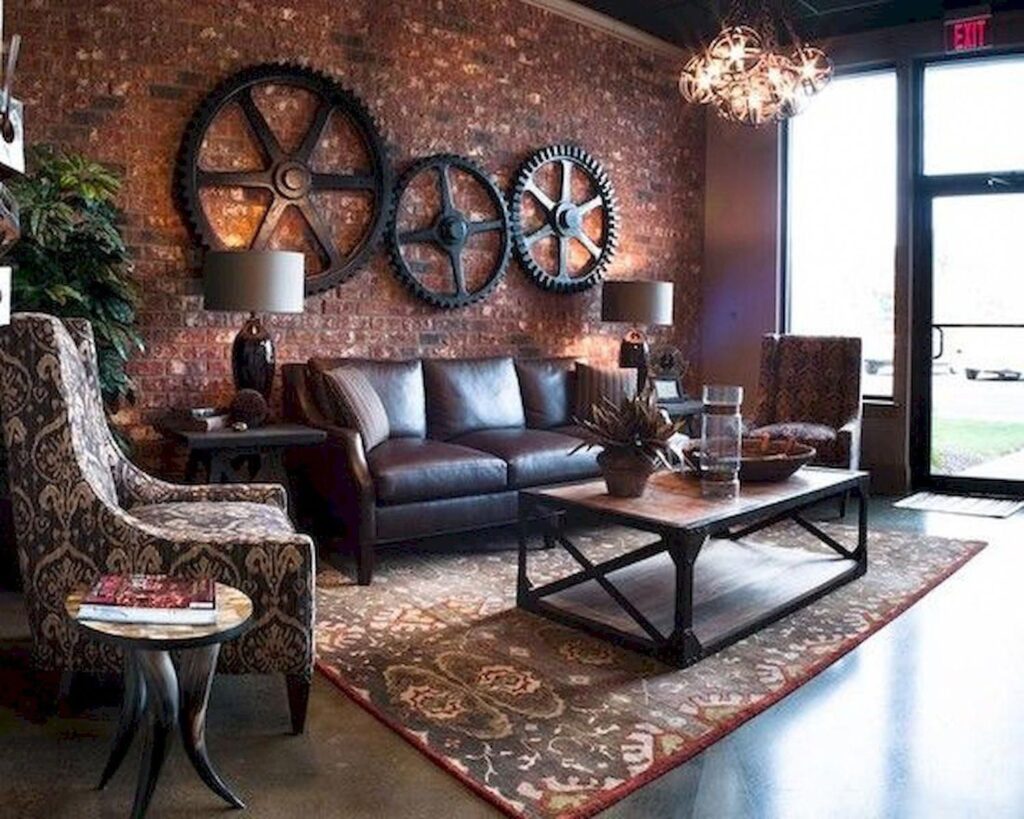
A Glimpse into the Past: The Roots of Industrial Style
To truly appreciate industrial decor, understanding its historical context is key. The style emerged from the repurposing of abandoned factories and warehouses in the late 20th century. As industries declined and urban landscapes shifted, these cavernous spaces became attractive to artists and creatives seeking affordable studios and living quarters. These pioneers, driven by necessity and an appreciation for the inherent character of these structures, began to transform them into unconventional homes.
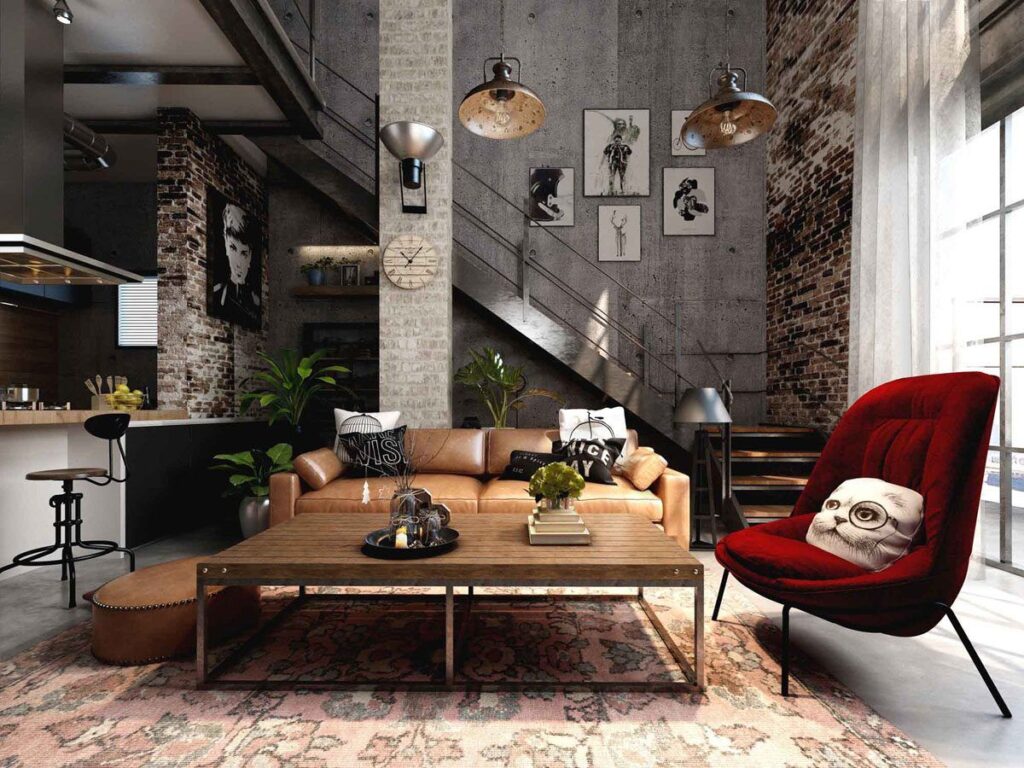
Exposed brick walls, high ceilings, visible pipes, and large windows – features once considered undesirable – became defining characteristics of this emerging aesthetic. The emphasis was on preserving the building’s history and highlighting its structural integrity. Furniture was often salvaged or repurposed, further contributing to the style’s unique and resourceful nature.
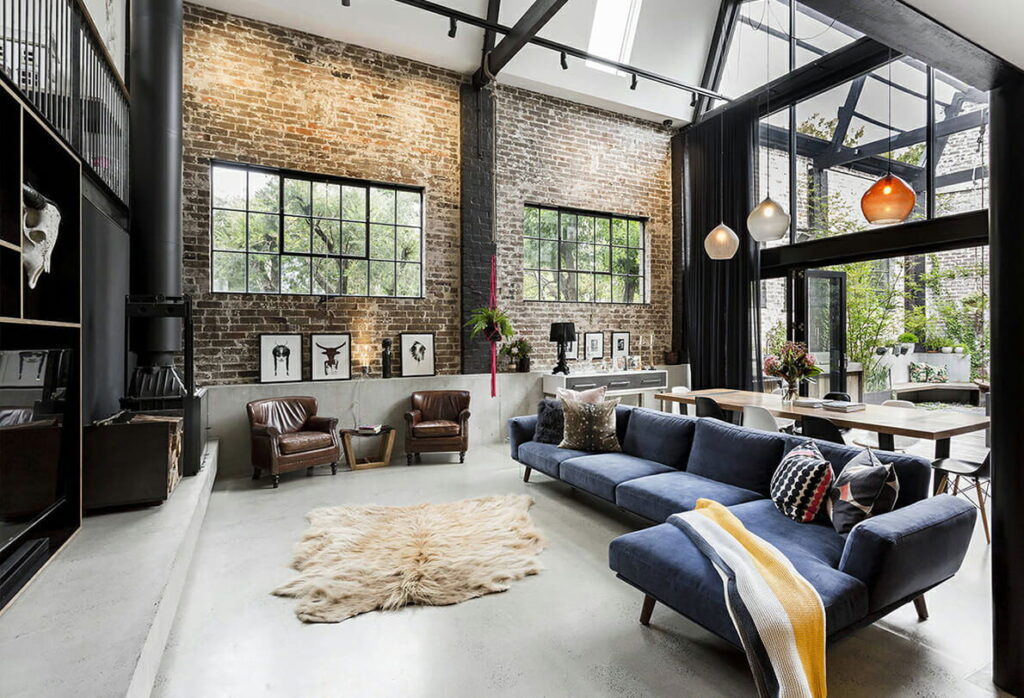
The Essential Elements of Industrial Design: Building Blocks of Raw Beauty
Industrial decor is built upon a foundation of specific elements that contribute to its distinctive look and feel. Mastering these elements is essential for creating an authentic and cohesive industrial space.

- Exposed Architectural Details: This is perhaps the most recognizable feature of industrial design. Think exposed brick walls, concrete floors, visible ductwork, and raw wooden beams. These elements are not concealed but rather celebrated as integral parts of the space’s character.
- Raw Materials: Industrial decor embraces raw, unfinished materials like metal, wood, concrete, and brick. These materials lend an authentic and unpretentious quality to the space. The beauty lies in their imperfections – the grain of the wood, the texture of the concrete, the patina of the metal.
- Neutral Color Palette: Industrial spaces typically feature a neutral color palette dominated by grays, whites, blacks, and browns. These colors create a sense of calm and allow the raw materials and architectural details to take center stage. Pops of color can be introduced through artwork, accessories, or textiles, but the overall palette should remain grounded in neutrality.
- Vintage and Repurposed Furniture: Furniture plays a crucial role in defining the industrial aesthetic. Pieces are often vintage, salvaged, or repurposed, adding a sense of history and character to the space. Look for furniture with metal frames, wooden tops, and distressed finishes.
- Metal Accents: Metal accents are essential for adding an industrial touch to any space. Consider using metal pipes for shelving, metal light fixtures, or metal hardware. The colder metal provides a stark but aesthetically pleasing contrast to the warmer wood and brick materials.
- Statement Lighting: Lighting is both functional and decorative in industrial design. Exposed bulb fixtures, pendant lights with metal shades, and factory-style lamps are popular choices. The lighting should be both practical and visually striking, adding to the overall industrial atmosphere.
- Minimalist Decor: Industrial spaces tend to be minimalist, with a focus on functionality and simplicity. Avoid clutter and unnecessary ornamentation. Instead, focus on a few carefully chosen pieces that complement the overall aesthetic.
Bringing the Industrial Look Home: Practical Applications and Design Tips
Now that we’ve explored the core elements of industrial decor, let’s delve into how to incorporate them into your own space. Whether you’re renovating an entire loft or simply adding a few industrial touches to your existing decor, these practical tips will help you achieve the desired look.

Transforming Different Rooms with Industrial Flair
- Living Room: Start by exposing any existing brick walls or concrete floors. If that’s not possible, consider adding a brick veneer or a concrete-look wallpaper. Choose a comfortable sofa with a leather or canvas upholstery. Incorporate metal accents through coffee tables, side tables, and lighting fixtures. Add a vintage rug to soften the space and create a sense of warmth.
- Kitchen: Industrial kitchens often feature stainless steel appliances, concrete countertops, and open shelving. Consider using metal cabinets or painting existing cabinets a dark gray or black. Install a metal backsplash for a sleek and industrial look. Hang pendant lights with metal shades above the island or dining table.
- Bedroom: Create a relaxing and inviting industrial bedroom by using a neutral color palette and incorporating soft textiles. Choose a bed with a metal frame or a wooden headboard with a distressed finish. Add a vintage rug and some throw pillows to soften the space. Use industrial-style lamps for bedside lighting. Consider exposing brick or adding a wood accent wall for added texture.
- Bathroom: Industrial bathrooms often feature exposed pipes, concrete floors, and metal fixtures. Use a vessel sink with a metal base. Install a metal showerhead and faucet. Add a metal mirror and some industrial-style lighting. Consider using reclaimed wood for shelving or vanities.
- Home Office: An industrial home office can be both stylish and functional. Choose a desk with a metal frame and a wooden top. Use metal shelving to store books and office supplies. Add an industrial-style lamp for task lighting. Consider exposing brick or adding a concrete accent wall for a more industrial feel.
Beyond the Basics: Advanced Industrial Design Concepts
Once you’ve mastered the fundamentals of industrial decor, you can start exploring more advanced concepts to create a truly unique and personalized space.
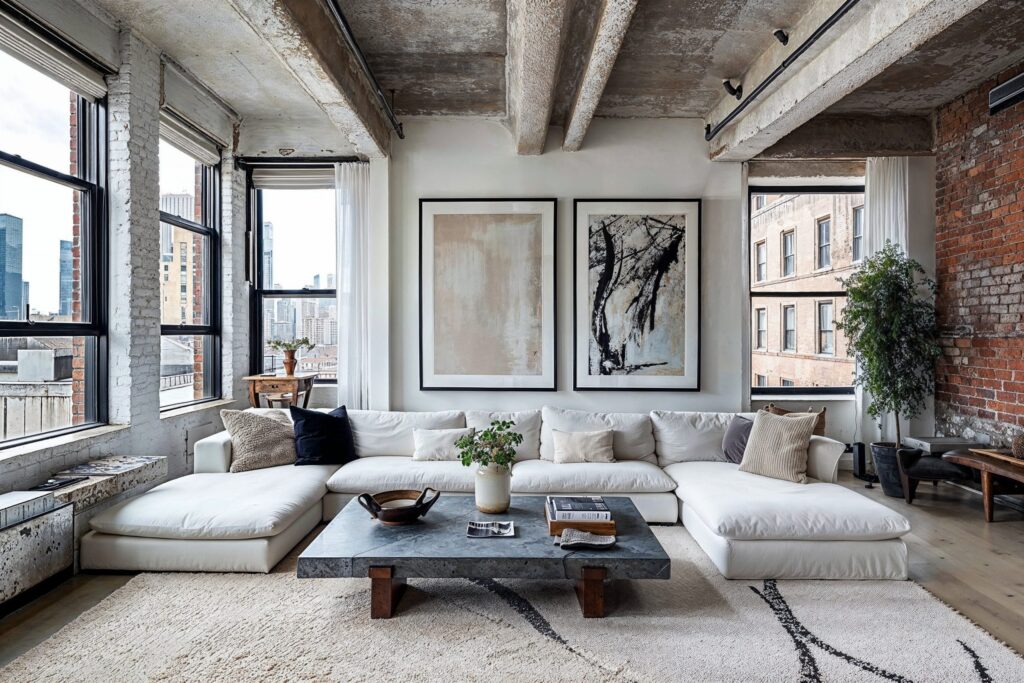
- Mixing and Matching: Don’t be afraid to mix and match different industrial styles. Combine vintage pieces with modern elements or pair rough textures with smooth surfaces. The key is to create a balance that reflects your personal taste.
- Adding pops of color: While industrial decor is primarily neutral, adding pops of color can bring a space to life. Consider using colorful artwork, textiles, or accessories to add visual interest. Choose colors that complement the overall palette and avoid overwhelming the space with too much color.
- Creating a focal point: Every room should have a focal point that draws the eye and anchors the space. In an industrial space, this could be a large piece of artwork, a striking piece of furniture, or an exposed brick wall.
- Incorporating natural elements: Adding natural elements like plants can soften the harshness of industrial decor and create a more inviting atmosphere. Choose plants with interesting textures and shapes to complement the overall aesthetic.
- Personalizing the space: Ultimately, your home should reflect your personality and style. Don’t be afraid to add personal touches that make the space your own. This could include displaying your favorite books, artwork, or collectibles.
Sourcing Industrial Decor: Where to Find the Perfect Pieces
Finding the right pieces for your industrial decor project is crucial. Here are some great places to start your search:
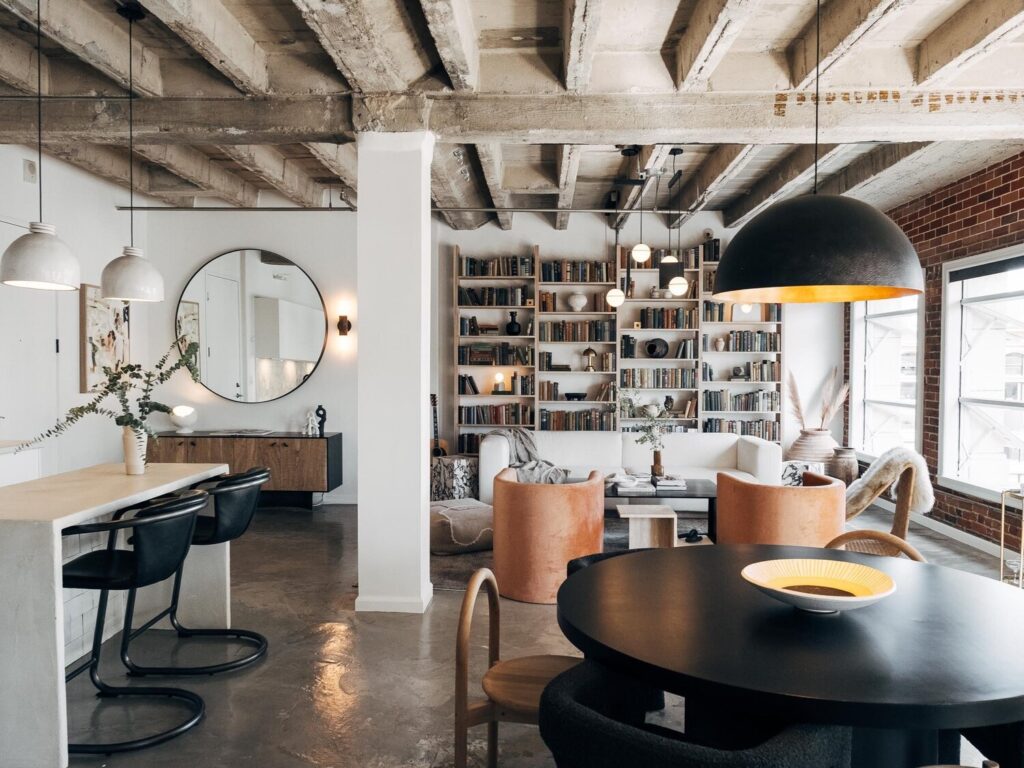
- Antique Stores and Flea Markets: These are excellent sources for vintage and salvaged furniture. Look for pieces with character and patina. Don’t be afraid to restore or repurpose them to fit your style.
- Online Marketplaces: Websites like Etsy, eBay, and Chairish offer a wide selection of vintage and industrial-inspired items. You can often find unique and one-of-a-kind pieces at competitive prices.
- Salvage Yards: Salvage yards are treasure troves for architectural salvage, including doors, windows, lighting fixtures, and hardware. These items can add a unique and authentic touch to your industrial space.
- Modern Furniture Stores: Many modern furniture stores offer industrial-inspired pieces. Look for furniture with metal frames, wooden tops, and distressed finishes.
- DIY Projects: Don’t be afraid to create your own industrial decor pieces. You can easily build your own shelving, tables, and lighting fixtures using reclaimed materials.
Maintaining the Industrial Aesthetic: Keeping it Clean and Timeless
Maintaining the industrial aesthetic is about preserving its raw beauty and functionality. Here are some tips to keep your industrial space looking its best:

- Regular Cleaning: Clean your industrial space regularly to prevent dust and dirt from accumulating on exposed surfaces. Use a mild detergent and a soft cloth to clean brick walls, concrete floors, and metal fixtures.
- Protecting Exposed Surfaces: Protect exposed surfaces from damage by applying a sealant or varnish. This will help prevent scratches, stains, and moisture damage.
- Preventing Rust: Prevent rust from forming on metal fixtures by applying a rust inhibitor. You can also use a wire brush to remove any existing rust.
- Maintaining Wood Finishes: Maintain wood finishes by applying a wood oil or wax. This will help keep the wood looking its best and prevent it from drying out.
- Embrace Imperfection: Remember that industrial decor is about embracing imperfection. Don’t be afraid to let your space show its age and character.
The Enduring Appeal of Industrial Design: Why It Resonates
The enduring appeal of industrial design lies in its ability to connect us to the past while embracing modern sensibilities. It’s a style that celebrates authenticity, functionality, and the beauty of imperfection. It provides a canvas for self-expression, allowing you to create a space that is both stylish and personal. In a world of mass-produced homogeneity, industrial decor offers a refreshing reminder of craftsmanship, history, and the enduring power of raw beauty. It’s a style that allows you to embrace the character of your space, transforming it into a unique and inviting environment that reflects your individual taste and appreciation for timeless design.
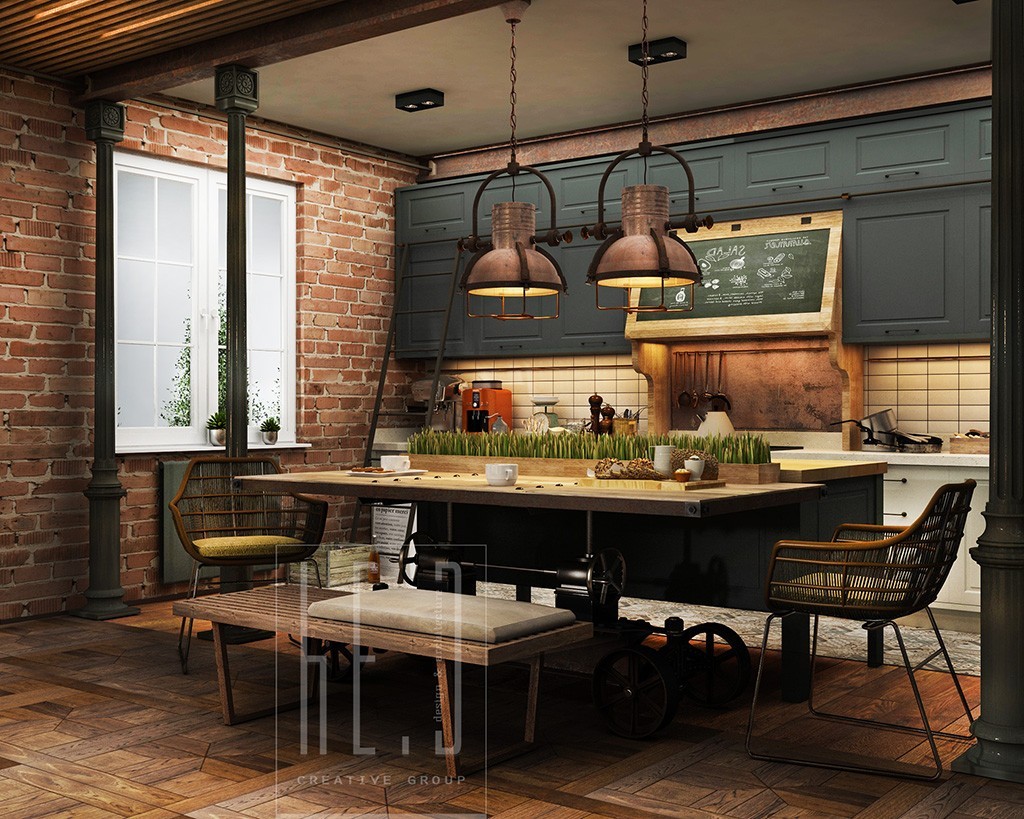
Ultimately, creating an industrial space is a journey of discovery and self-expression. By understanding the core elements, applying practical tips, and letting your creativity guide you, you can transform any space into a stylish and inviting industrial haven.
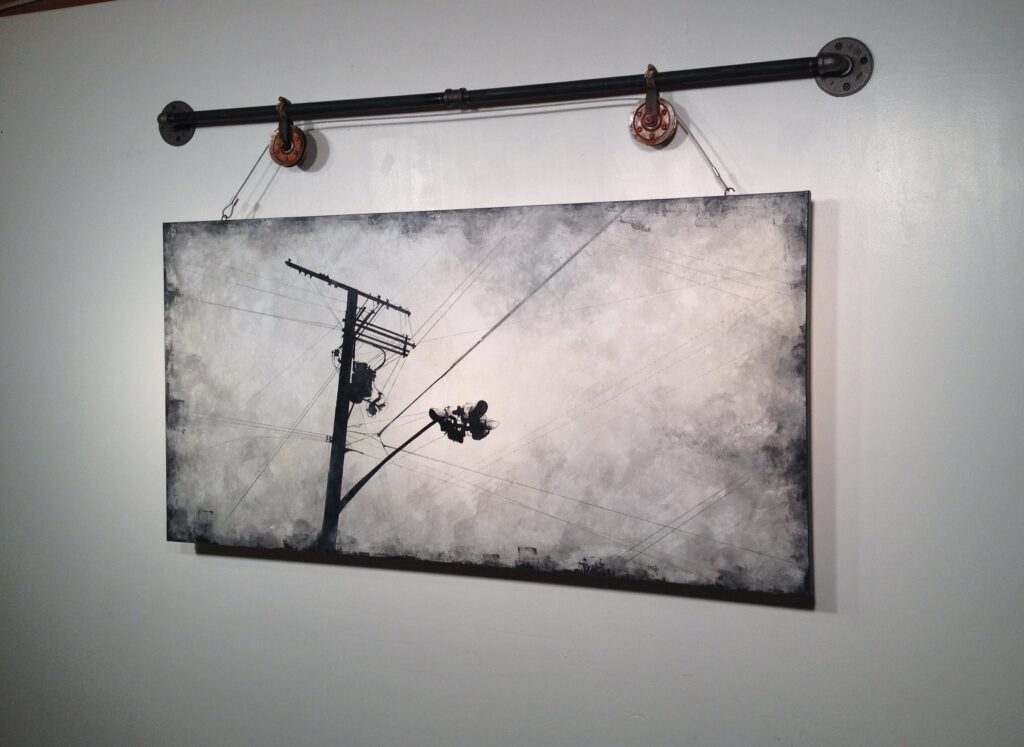
 Nimila
Nimila


